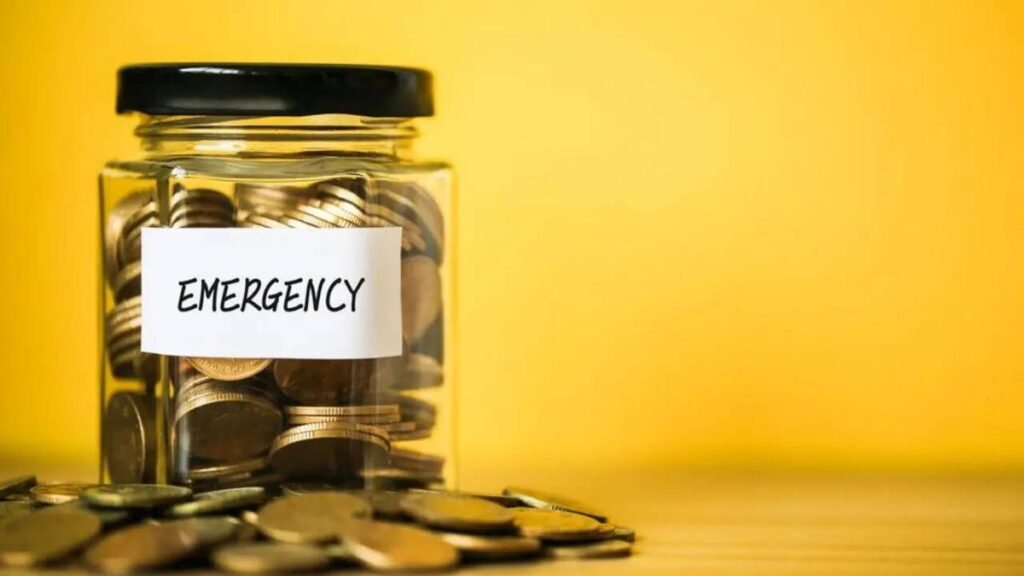Desire To Build A Reserve Without Halting SIPs? Here’s How
Stabilizing long-term wealth growth with short-term financial security can be daunting, especially after a financial crisis. Experts recommend that disciplined budgeting, strategic fund placement, and a mix of sweep-in FDs and liquid mutual funds can aid in rebuilding a reserve without interfering with ongoing SIPs. Instead of determining emergency savings based on yearly earnings, economists suggest anchoring it to your monthly expenses.
Reconstructing Emergency Fund Alongside SIPs
Rebuilding your emergency fund while continuing your Systematic Investment Plans (SIPs) is not only possible but crucial for long-term financial health. When unexpected expenses force you to dip into your emergency corpus, many feel compelled to pause investments. However, financial planners suggest that with some thoughtful adjustments, you can rebuild your financial cushion without compromising your investment goals.
Take the example of an investor making Rs 80,000 per month, with Rs 60,000 allocated for monthly living expenses and Rs 20,000 going into SIPs. After using Rs 3 lakh from their reserve, they now seek a practical and sustainable way to rebuild that safety net without halting their SIPs.
According to Mint, the key lies in financial prioritization, disciplined budgeting, and knowing where and how to park your emergency funds effectively.
Emergency Fund Goal: How Much to Save
Instead of determining emergency savings based on annual income, financial experts recommend aligning it with your monthly expenditures. This approach provides better alignment with real-world financial shocks.
- Short-Term: 3 months coverage amount – Rs 1.8 lakh for immediate basic expenses
- Medium-Term: 6 months coverage amount – Rs 3.6 lakh for stronger buffer against major shocks
For someone spending Rs 60,000 each month, these goals represent 20% and 40% of their annual income, respectively.
Strategies to Rebuild Without Halting SIPs
If you are already contributing Rs 20,000 to SIPs and spending Rs 60,000, consider the following strategies to rebuild the emergency fund without disrupting your investments:
- Cut Discretionary Spending: Identify areas within your Rs 60,000 monthly expenses where savings can be made – dining out, entertainment, subscriptions, or luxury purchases. Conservatively cutting Rs 5,000 – Rs 10,000 a month can free up funds to redirect towards your emergency corpus.
- Redirect Windfalls: Any annual bonus, gift money, cashback, or earnings from side gigs should be directed towards the emergency fund. These inflows should not be spent on lifestyle upgrades but used for rebuilding financial strength.
- Temporary SIP Reduction (Hybrid Approach): If cutting expenses is insufficient, consider a temporary reduction in SIP contributions by Rs 5,000 for 3 months. Combined with Rs 10,000 in savings, this can enable you to allocate Rs 15,000 monthly towards your reserve. Once the fund reaches a basic level (Rs 30,000 – Rs 40,000), you can resume your full SIP contributions.
As Mint reports, pausing SIPs during tough times to minimize losses is a misconception. Edelweiss AMC CIO warns against abandoning long-term goals for short-term challenges.
Where to Park Your Emergency Funds
Choosing the right mix of financial instruments is crucial. Your fund should be accessible, safe, and offer reasonable returns. Here’s a recommended portfolio:
- Sweep-in Fixed Deposit (30% Allocation): Immediate liquidity, taxed as per slab, 5% – 6.5% returns
- Liquid Mutual Funds (70% Allocation): T +1 liquidity, more tax-efficient (after 3 years), 6.5% – 7.5% returns
Sweep-in FDs provide instant access to funds in emergencies, while liquid mutual funds offer better post-tax returns and help the fund grow steadily over time.
Should You Build Smaller Buffers?
Yes. Once your core reserve reaches Rs 1.8 lakh, consider setting up additional mini-buffers for specific needs:
- Medical Backups: Rs 50,000 – Rs 1,00,000
- Home Repairs/Appliances: Rs 20,000 – Rs 50,000
These buffers act as shock absorbers for health and household-related emergencies, preventing frequent use of your primary emergency fund.
Recap Action Plan
Fund Target: Rs 1.8 lakh (short-term), Rs 3.6 lakh (medium-term)
Monthly Savings Approach: Trim Rs 5,000 – Rs 10,000 from optional expenses
Hybrid SIP Adjustment (optional): Lower SIP by Rs 5,000 for 3 months if needed
Windfall Deployment: 100% of bonuses or side income
Investment Mix: 30% in sweep-in FDs, 70% in liquid funds
Add-on Buffers: Build once core fund is secured
Conclusion
Rebuilding your emergency corpus does not have to mean sacrificing your long-term investments. With disciplined saving, strategic fund allocation, and a sensible approach, you can create a resilient financial safety net while staying on track with your wealth growth journey. Financial preparedness isn’t about perfection – it’s about patience, flexibility, and informed choices.


